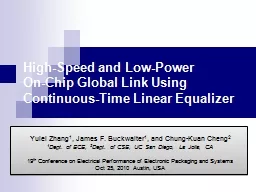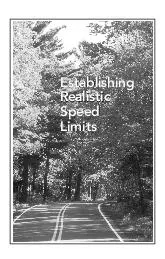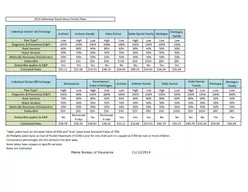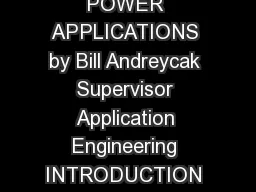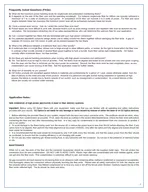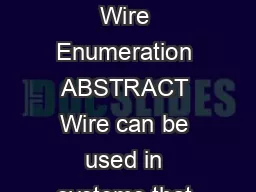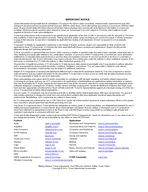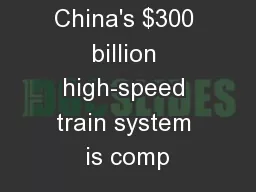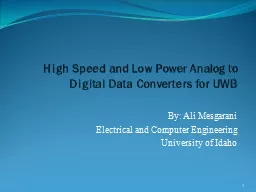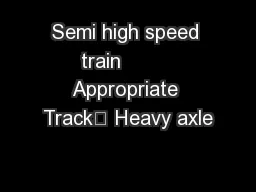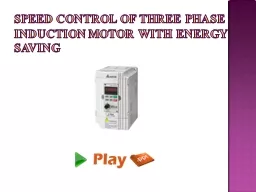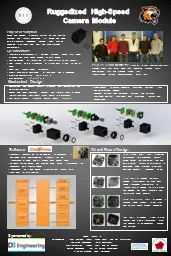PPT-High-Speed and Low-Power
Author : cheryl-pisano | Published Date : 2016-07-25
OnChip Global Link Using ContinuousTime Linear Equalizer Yulei Zhang 1 James F Buckwalter 1 and Chung Kuan Cheng 2 1 Dept of ECE 2 Dept of CSE UC San Diego
Presentation Embed Code
Download Presentation
Download Presentation The PPT/PDF document "High-Speed and Low-Power" is the property of its rightful owner. Permission is granted to download and print the materials on this website for personal, non-commercial use only, and to display it on your personal computer provided you do not modify the materials and that you retain all copyright notices contained in the materials. By downloading content from our website, you accept the terms of this agreement.
High-Speed and Low-Power: Transcript
Download Rules Of Document
"High-Speed and Low-Power"The content belongs to its owner. You may download and print it for personal use, without modification, and keep all copyright notices. By downloading, you agree to these terms.
Related Documents

